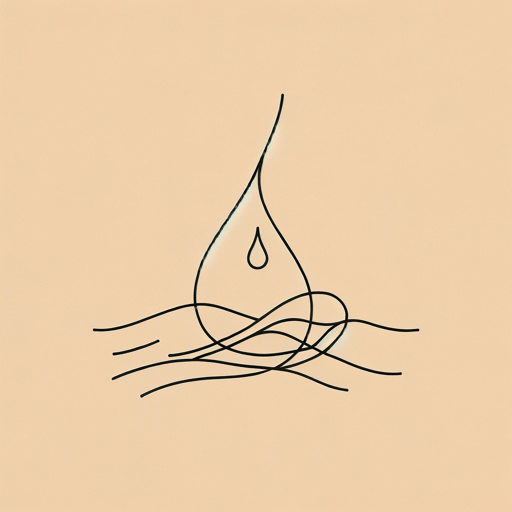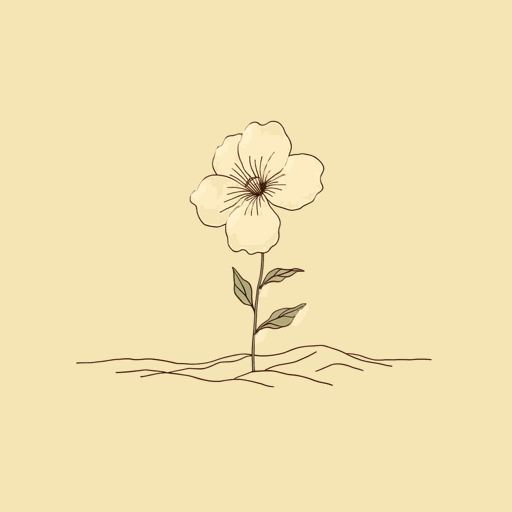57 pages • 1 hour read
Yoshiko UchidaPicture Bride
Fiction | Novel | Adult | Published in 1987A modern alternative to SparkNotes and CliffsNotes, SuperSummary offers high-quality Study Guides with detailed chapter summaries and analysis of major themes, characters, and more.
Symbols & Motifs
Dust Storms
The dust storms that plague the Topaz “internment” camp amplify feelings of isolation and desolation in the prisoners. They represent the brutality of camp life and the unrelenting oppression of systemic racism. While the Tanforan camp is harsh, Topaz is located in a lifeless wasteland. Dust storms rage through the camp, creating a prison of dust and wind alongside the prison fence. The last line of the novel situates the dust storms alongside the power structure of normative Euro-American society; systemic racism operates as a “white fury” that Japanese Americans will have to endure for the unforeseeable future. Dust storms exist as a practical obstacle to prisoners; they make daily life challenging and unhealthy. Beyond that, dust storms reinforce the psychological torment endured by the camp’s prisoners.
Kenji’s sermon during the sandstorm establishes him as an enduring figure. As the storm rages around the makeshift church, Kenji continues to comfort his congregation with lessons of faith. During this scene, Kenji stands in Hana’s eyes as a “giving, loving person—a true man of God” (205). At this moment, the dust storm implies more than a natural disaster. It symbolizes the social oppression that the Japanese American prisoners endure at the hands of their own government.
Related Titles
By Yoshiko Uchida



